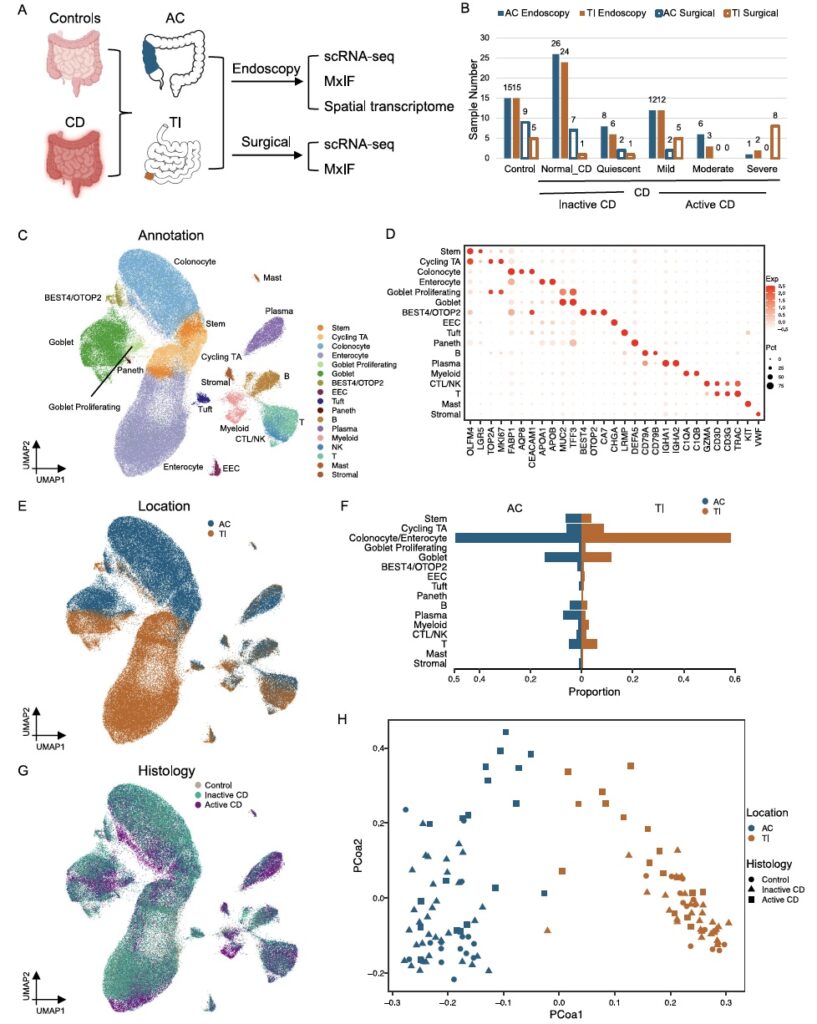Li, Jia, Simmons, Alan J., Hawkins, Caroline V., Chiron, Sophie, Ramirez-Solano, Marisol A., Tasneem, Naila, Kaur, Harsimran, Xu, Yanwen, Revetta, Frank, Vega, Paige N., Bao, Shunxing, Cui, Can, Tyree, Regina N., Raber, Larry W., Conner, Anna N., Pilat, Jennifer M., Jacobse, Justin, McNamara, Kara M., Allaman, Margaret M., Raffa, Gabriella A., Gobert, Alain P., Asim, Mohammad, Goettel, Jeremy A., Choksi, Yash A., Beaulieu, Dawn B., Dalal, Robin L., Horst, Sara N., Pabla, Baldeep S., Huo, Yuankai, Landman, Bennett A., Roland, Joseph T., Scoville, Elizabeth A., Schwartz, David A., Washington, M. Kay, Shyr, Yu, Wilson, Keith T., Coburn, Lori A., Lau, Ken S., & Liu, Qi. (2024). Identification and multimodal characterization of a specialized epithelial cell type associated with Crohn’s disease. Nature Communications, 15(1), 7204. https://doi.org/10.1038/s41467-024-51580-7
